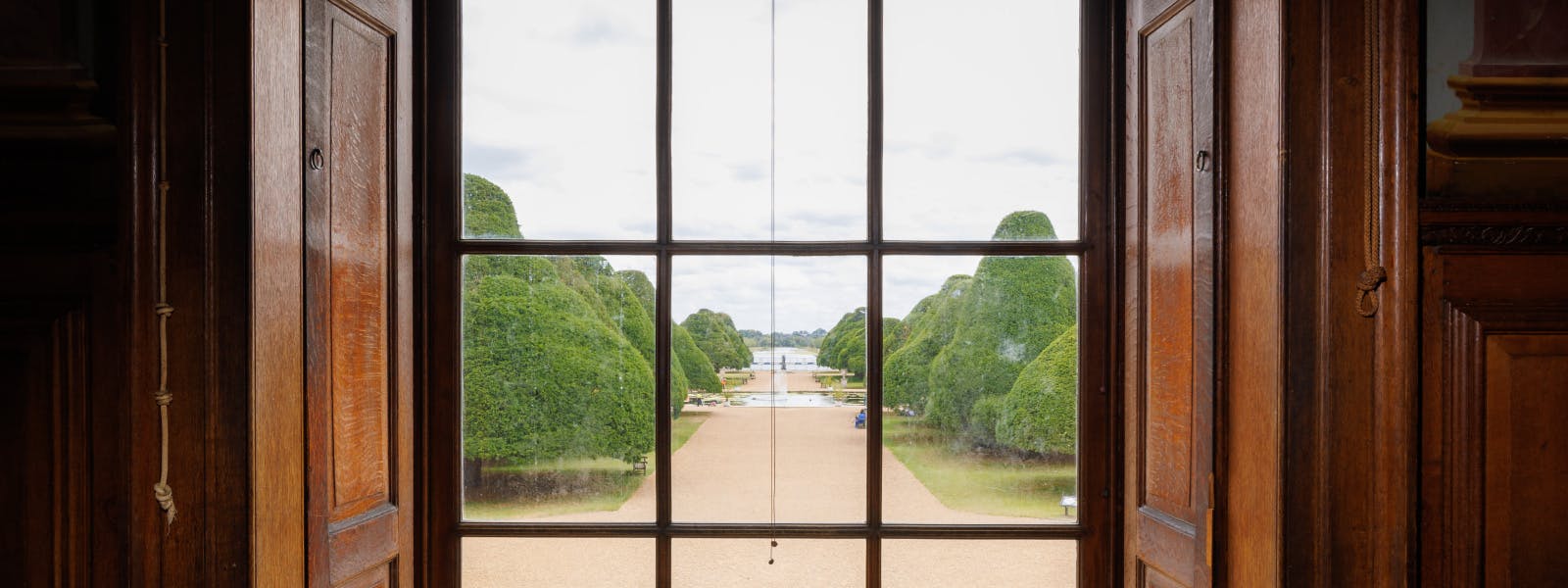
Insights and behind the scenes from our palaces

Searching for the Young Black Man in the Portrait of William III, Part I
17 May 2024
A young Black man dressed in blue and gold holding a helmet stands beside William III in a portrait that is a focal point of our exhibition: Untold Lives: A Palace at Work. Who was he? Where did he live and when? Why is he in the painting with William III? And how can historians unravel the mystery surrounding him?

Imagining Anne Boleyn's Coronation in 1533
10 May 2024
Anne Boleyn's coronation as Henry VIII's Queen Consort took place on Sunday 1 June 1533. Already pregnant with the future Elizabeth I, the new Queen was crowned at Westminster Abbey after staying in newly refurbished apartments at the Tower of London.

Lifting the Royal Curtain
01 May 2024
Photographs of Queen Victoria and Prince Albert – now synonymous with the Victorian age – might appear restrained and unremarkable to modern eyes but behind their rigid poses lies a pioneering sentiment.

Jean Tijou's Screen at Hampton Court: The Adventurous Life of a Masterpiece
15 April 2024
The glorious 300-year-old Tijou Screen marks the southern boundary of the Privy Garden at Hampton Court Palace, next to the River Thames. It was designed for William III and Mary II in 1689 by Jean Tijou – one of the greatest ironworkers who ever lived.

Queen Caroline’s State bed is Back!... on Display
09 April 2024
We are now able to return our focus to the permanent collection on open display across our palaces, including the conservation of the much-loved Queen Caroline State bed, which we care for on behalf of the Royal Collection Trust.

'Washing the Lions': A Famous April Fools Hoax at the Tower of London
01 April 2024
The Tower of London is home to Britain’s earliest recorded April Fool’s prank – the so-called 'Annual Ceremony of Washing the Lions'.

Responding to Climate Change in the Hampton Court Gardens
29 March 2024
As our climate changes, so do our gardens. Graham Dillamore, Head Gardener at Hampton Court Palace, shares how his team are adapting to these challenges.

The King's 'Malady': George III's Mental Illness Explored
22 March 2024
George III had four prolonged periods of illness during his reign. Despite his achievements, he is perhaps most commonly referred to as ‘The Mad King’ – an unhelpful phrase that undermines the extent of his deeply traumatic ailments, and ignores his physical symptoms.

'The new Terrors of Death': Dr John Arbuthnot, Queen Anne’s favourite physician
11 March 2024
Dr John Arbuthnot was among the army of medical specialists who were summonsed to serve the Royal family in the 18th century. Arbuthnot is little remembered today, but he was 'the Queen’s favourite physician' — a gentle-mannered confidante to courtiers, politicians, poets, writers and ladies-in-waiting alike.
